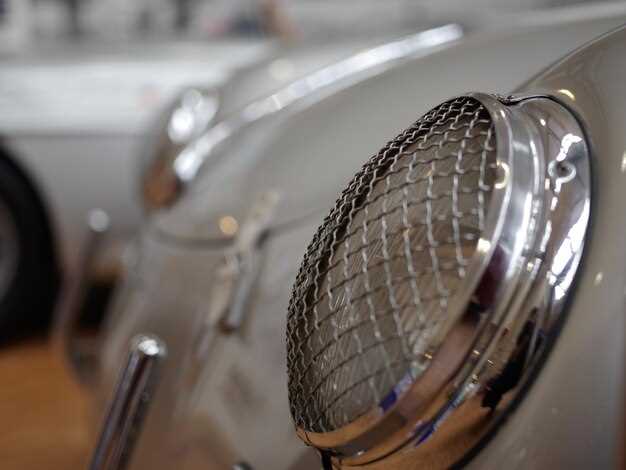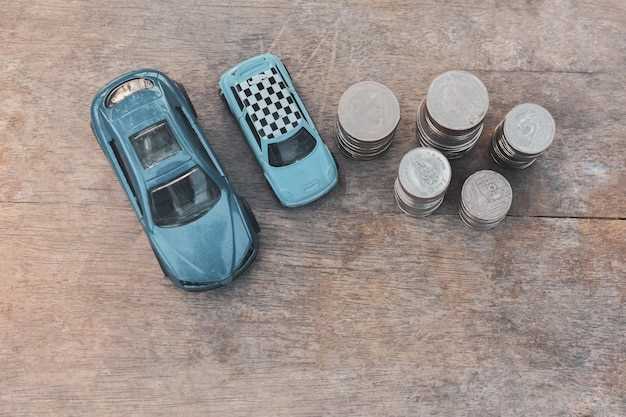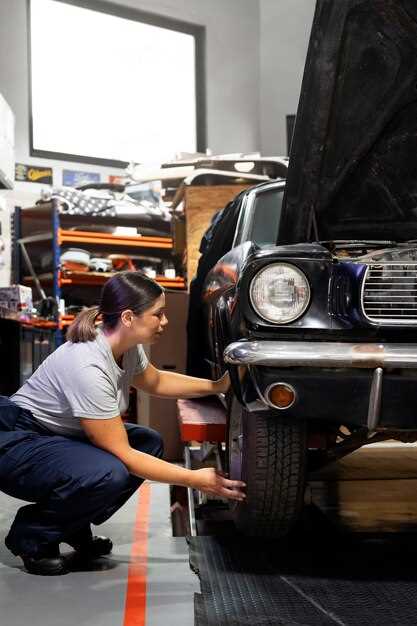
Restoring a vintage car is a thrilling journey that combines passion, patience, and a significant financial commitment. Budgeting effectively for such a project is crucial, as costs can spiral quickly if not managed properly. Understanding the different cost factors involved in full restoration can help enthusiasts navigate their way through this complex process, ensuring that their dream car becomes a reality without breaking the bank.
From sourcing rare parts to labor costs associated with skilled craftsmen, each element of restoration presents its own unique challenges and expenses. Factors such as the car’s condition, intended use, and the specific goals of the project greatly influence the overall budget. This article delves into the key components that can impact restoration costs, providing a comprehensive overview to help enthusiasts plan their budgets wisely.
Whether you are embarking on a full-scale restoration or merely refreshing a classic, understanding these cost factors will enable you to make informed decisions. The restoration journey is not only about financial investment; it’s also about the love for automotive history and the pursuit of craftsmanship that defines the vintage car community.
Breakdown of Labor Costs: What to Expect When Hiring Professionals
When embarking on a full vintage car restoration, understanding the labor costs involved is crucial for effective budgeting. The restoration process typically requires a diverse range of skills, each contributing to the overall project. Below is a detailed breakdown of the common labor components you’ll encounter.
1. Assessment and Planning: Initially, professionals will conduct a thorough assessment of the vehicle’s condition. This phase often includes consultation fees and can vary widely depending on the expert’s experience. Budgeting for this step is essential, as it lays the foundation for the restoration.
2. Disassembly: Skilled technicians will carefully disassemble the car, ensuring that each part is cataloged and preserved. This process is labor-intensive and requires a keen eye for detail to avoid damaging any components.
3. Bodywork: Restoration of the body involves repairing rust, dents, and structural issues. The labor cost can significantly increase if extensive bodywork is necessary. Professionals specializing in vintage cars often charge premium rates due to the specificity of their expertise.
4. Mechanical Repairs: Restoring or replacing mechanical components is another major aspect of the labor costs. This includes engine rebuilding, transmission work, and suspension adjustments. Experienced mechanics often demand higher wages for their specialized knowledge.
5. Painting and Finishing: Proper painting requires skilled labor to achieve a high-quality finish. This step includes prep work, painting, and clear coating, each contributing to the overall labor expenses. The quality of materials used can also affect the labor costs here.
6. Assembly: Once the restoration work is completed, professionals will assemble all components back together. This phase may involve calibration and fine-tuning, ensuring that the car operates as originally intended. Budgeting for any unforeseen adjustments is wise.
7. Final Inspection: After assembly, a thorough inspection is necessary to ensure the vehicle meets all standards. This includes a review of both aesthetic and functional elements, which can add to labor costs if issues are discovered.
In conclusion, when budgeting for a vintage car restoration, it’s important to factor in these various labor costs that accumulate throughout the project. Hiring professionals with the right experience can make a significant difference in both the quality of work and the financial investment you’ll need to allocate.
Materials and Parts: Evaluating Prices for Authentic Components

In the realm of vintage car restoration, sourcing authentic components is a critical factor that significantly influences the overall budget. The process of evaluating prices for these materials is multifaceted, requiring careful consideration of quality, authenticity, and availability.
First and foremost, it’s essential to distinguish between original parts, reproduction components, and aftermarket alternatives. Original parts, often sourced from specialty suppliers or auctions, tend to be the most expensive, but they provide the highest level of authenticity. Reproductions can vary in quality and price; while they may look authentic, they sometimes lack the durability or exact specifications of the originals. Aftermarket parts can be a cost-effective solution, but they often fall short in terms of authenticity, which may not meet the standards of purists.
When budgeting for materials, it’s crucial to consider the provenance of each component. Established suppliers with a history in vintage restoration may charge more due to their reputation and the quality assurance they provide. It’s advisable to create a list of required parts early in the restoration process and conduct thorough research on various vendors to compare prices.
Furthermore, factors such as rarity and demand play a significant role in pricing. Components that are hard to find will naturally command higher prices, as collectors and restorers compete for them. Joining vintage car enthusiast groups or forums can be beneficial for networking and potentially discovering leads on parts at more reasonable prices.
Lastly, always factor in the potential costs of shipping and handling, especially for larger or fragile components. It is often prudent to build a buffer into your budget to accommodate unexpected expenses, ensuring that the project remains financially viable from start to finish. Ultimately, careful planning and a thorough evaluation of materials and parts can make the difference between a successful restoration and an overwhelming financial burden.
Hidden Expenses: Planning for Unexpected Restoration Challenges

When embarking on a full vintage car restoration, enthusiasts often focus on the visible aspects of the project such as paint, interior upholstery, and mechanical repairs. However, hidden expenses can arise unexpectedly, significantly impacting your overall cost and timeline. Proper planning is essential to mitigate these challenges and ensure a smoother restoration process.
One of the primary sources of unforeseen restoration costs is rust damage that may not be immediately apparent. Areas that seem intact on the surface can hide extensive corrosion beneath, necessitating additional labor and parts to address the underlying issues. It’s prudent to conduct a thorough inspection and possibly invest in professional assessments to uncover these potential pitfalls.
Another common challenge arises from sourcing original or period-correct parts. While you may budget for specific components, the scarcity of vintage parts can lead to inflated prices or delays in finding substitutes. This situation can escalate costs quickly, making it essential to factor in a buffer for parts acquisition.
Additionally, mechanical issues such as engine or transmission problems often become apparent only after disassembly. A thorough mechanic’s evaluation prior to restoration can help, yet it’s wise to set aside funds for potential major repairs that may surface during the process.
Workshops may also encounter higher labor costs than initially anticipated, especially if specialized skills are required. As the project progresses, it might become clear that certain techniques or restoration methods demand different resources, leading to incremental increases in cost.
Lastly, consider the cost of unforeseen modifications to meet safety or regulatory standards. Vintage vehicles, when restored, may need updates to comply with modern safety regulations, adding to the overall budget.
In conclusion, effective planning for hidden expenses in vintage car restoration involves a careful evaluation of potential challenges, a flexible budget, and the foresight to address unexpected issues as they arise. Preparing for these realities can transform the restoration journey into a more successful and enjoyable experience.

